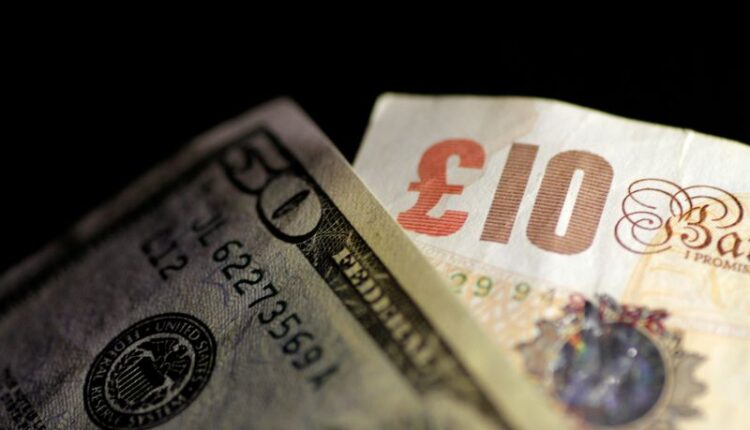Dollar steadies after one-two punch from Aussie, Chinese yuan
By Amanda Cooper
LONDON (Reuters) -The dollar held mostly steady against the euro and the yen on Thursday, but dropped against the Australian dollar after domestic job data beat expectations, and against the yuan, which received a lift from Chinese monetary authorities.
The dollar is heading for its first weekly gain in nearly a month against a basket of currencies, having made most upward headway against the pound. The pound has lost 2.3% in value this week after data on Wednesday showed UK inflation finally appeared to be cooling.
On Thursday, the Aussie dollar was the stand-out performer, rising by as much as 1.1% after employment beat expectations for a second consecutive month in June, leaving the door open for more rate hikes from the Reserve Bank of Australia.
Meanwhile, the Chinese yuan rose after monetary authorities in Beijing relaxed a rule that allows companies to raise funds overseas, while China’s major state-owned banks were believed to have sold dollars on the offshore market.
The dollar index traded roughly unchanged against a basket of currencies but stayed within sight of this week’s 15-month low, although individual currency reactions to data are likely to be volatile for now, according to Societe Generale (OTC:SCGLY) Fx strategist Kit Juckes.
“It’s partly because we’re at that point in the cycle where we are debating who is going to pause and who is going to go and how close we are (to the peak), and so each piece of new information has an exaggerated impact on expectations for the global rate cycle in each individual country,” Juckes said.
The Aussie dollar was last up 0.95% at $0.6835, while the New Zealand dollar received a boost in sympathy and rose 0.3% on the day to $0.6284.
CAPITAL INFLOWS
China left lending benchmarks unchanged on Thursday, and the central bank added it had raised a cross-border financing ratio that dictates the maximum any company can borrow as a proportion of its net assets, allowing domestic firms to tap overseas markets for funds.
Encouraging more capital inflows could take off some of the recent downward pressure on the yuan.
The dollar was last down 0.65% on the day against the offshore yuan, which strengthened to 7.186 per dollar.
The hike indicated the People’s Bank of China’s policy guidance to “defend the (yuan) and curb the excessive forex volatility alongside the strong CNY fixing bias”, said Ken Cheung, chief Asian FX strategist at Mizuho Bank.
RATES OUTLOOK
In the broader currency market, sterling headed for a fifth daily loss, its longest stretch of declines since last autumn, after British inflation data on Wednesday undershot market expectations.
Evidence of cooler inflation has prompted investor to pare back their expectations for how much more the Bank of England might raise interest rates. A rise above 6% from 5% right now is all but off the cards, according to money markets.
The pound was down 0.3% at $1.2905.
“The market I think is a bit more reasonable now with its expectations for rate hikes by the BoE,” said Joseph Capurso, head of international and sustainable economics at Commonwealth Bank of Australia (OTC:CMWAY).
The euro was last flat on the day at $1.120, as investors looked towards next week’s European Central Bank (ECB) policy meeting.
ECB policymakers have struck a more dovish tone of late. Governing council member Yannis Stournaras was the latest to signal future rate rises past July’s likely 25 basis points increase are up in the air.
The Japanese yen strengthened, leaving the dollar/yen currency pair down 0.2% on the day at 139.44.

